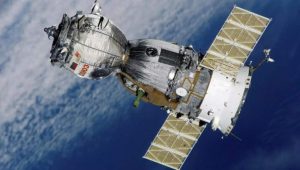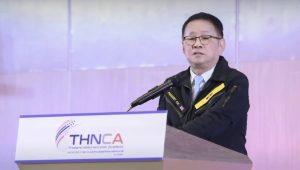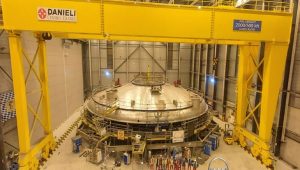The world’s largest operational experimental nuclear fusion reactor has been inaugurated in Naka, Japan.
Unlike traditional nuclear fission used in power plants, fusion mimics the sun’s energy production by merging two nuclei, potentially offering a safer and more abundant energy source.
This colossal machine, dubbed JT-60SA, is housed in a hangar north of Tokyo in Naka. This six-story-high machine comprises a doughnut-shaped ‘tokamak’ vessel to contain swirling plasma heated to 200 million degrees Celsius. The objective is to explore the viability of fusion as a secure, expansive, and carbon-neutral net energy source, where the energy produced surpasses the input required for its production.
This joint venture between the European Union and Japan serves as a forerunner for the International Thermonuclear Experimental Reactor (ITER) currently under construction in France. Both projects share the ambitious goal of achieving net energy gain from fusion, a milestone that could revolutionize our energy systems.
Sam Davis, the deputy project leader for the JT-60SA, said the device will “bring us closer to fusion energy”.
“It’s the result of a collaboration between more than 500 scientists and engineers and more than 70 companies throughout Europe and Japan,” Davis said at the inauguration.
The EU energy commissioner, Kadri Simson, said the JT-60SA was “the most advanced tokamak in the world” and called the start of operations “a milestone for fusion history.”















